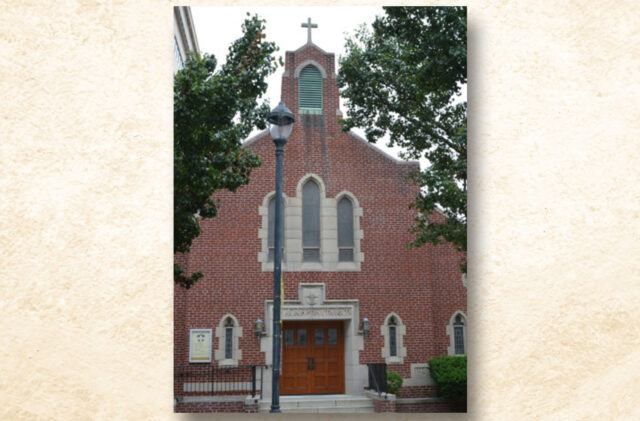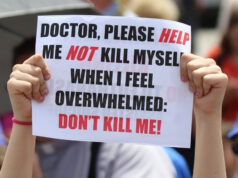St. Joseph’s Parish, 1012 N. French St., Wilmington, provides a newsletter that has in recent months been sharing thoughts and ideas on racism. Parishioners of all ethnic groups are encouraged to participate and together educate one another on the subject of racism in America.
By Loretta L. Young
For generations Black parents have taught our children about the weight of our Black skin and how to carry themselves in a way that will make others comfortable and not feel threatened by our mere presence. The burden is heavy and Black parents constantly worry about our children and grandchildren maneuvering through a society where systemic racism is frequently expressed.
Many white people say, “I’m not racist.” But systemic racism is rooted in bias that we don’t even realize we have. The issue of systemic racism also known as institutionalized racism where white privilege is deeply rooted within and is found in every aspect of our society. Before we can participate in the solution, we must understand the problem.
Below are a few examples of how systemic racism is manifested on Black Americans through healthcare, education, economically, politically, socially, etc.
- Black children are less likely to obtain a quality education if they live within a poor Black neighborhood.
- Black communities are more likely to experience obstacles to expressing the right to vote.
- Black people continue to earn less than their white counterparts.
- Black people are less likely to become home owners because they never earn enough, they have no/little credit, and simply can not save enough.
- Black people are denied job interviews for which they are well qualified, in fact they may be the best candidate, but may be denied because of their “Black/African ethnic name.”
- Black people are more likely to be victims of random and unwarranted police stops than white people.
- Black people represent approximately 14% of Americans, but represent roughly 35% of those incarcerated in the United States.
- Black people are more likely to be followed after entering a store than a white person.
- Black people are more likely to have their bags checked upon exiting the store.
- Black men are more likely to be given the crooked eye when entering an elevator with a white person.
These are just a few high-level examples of systemic racism. And the list goes on. Click here to view a video that does a great job of explaining the origins of systemic racism and how to recognize it. Damita MacFarlane shared this video and it’s a great tool for helping adults and older children to understand the issue of systemic racism.
So, what’s next? Many have asked “what can I do”? Racism can not be ignored or pushed into the recesses of ones mind and think that eventually it will go away.
We have a window of opportunity. We can no longer sit back and think that it’s not my
problem, I’m not the problem or that someone else will “fix it.” Every person, especially every white person must speak up and stand up when they see or hear racist behavior from others whether it’s family members in the home, colleagues in the workplace, grocery stores, etc. Racism must be addressed when it occurs. Let’s stop suppressing, ignoring or walking away from racist behavior and attitudes. Stand up and speak up – racism is real.
(Damita MacFarlane contributed to this article).










